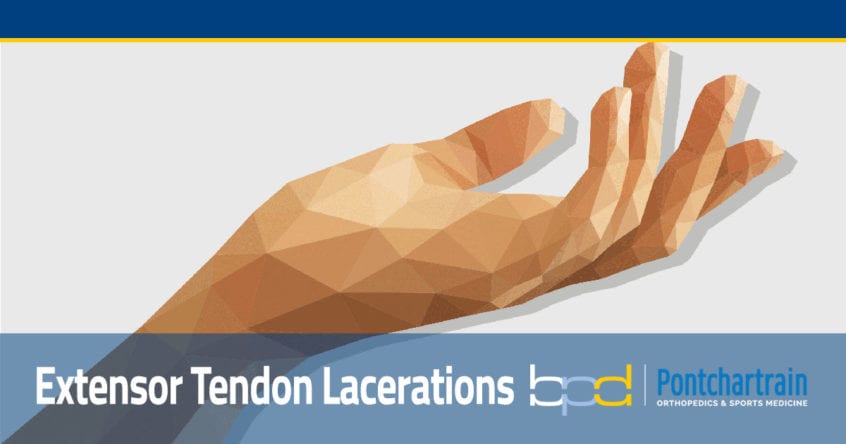What Are Flexor Tendons?
Tendons are the tissues that connect muscles to bone. When our forearm muscles contract, our flexor tendons pull on bones in our fingers. This causes our fingers to move. The tendons across the top of the hand (extensor tendons) straighten the fingers. The tendons in the palm side of the hand bend the fingers. These are known as the flexor tendons. Flexor tendon lacerations can be very serious because the flexor tendons are responsible for common, everyday movements like gripping objects and making a fist.
What Causes Flexor Tendon Injuries?
Because the flexor tendons are very close to the surface of the skin, a deep cut to the palm side of the forearm or hand can hit a flexor tendon. In many flexor tendon injuries, the tendon is often cut into two pieces. Tendons are under tension as the muscle pulls on the bone, like a rubber band. When a tendon is torn or cut, the ends will pull away from each other. This separation makes it impossible for the tendon to heal on its own.
When this happens, any, all, or any combination of the following symptoms may present:
- An inability to bend one or more fingers
- Pain when the finger is bent
- Tenderness on the palm side of your hand or along your finger
- Numbness in your fingertip(s)
Because the tendons, nerves, and blood vessels of the hand are very close together, flexor tendon injuries can be quite serious.
How are Flexor Tendon Injuries Diagnosed?
Any injury or cut to the hand/wrist that results in the inability to move the finger should be evaluated by a hand specialist. A physical examination can most often diagnose tendon injuries. An MRI or ultrasound study can be used to diagnoses partial tendon injuries or complications after surgery. X-rays may also be used to evaluate bone injuries or to detect foreign bodies in the injured area.
How Are Flexor Tendon Lacerations Treated?
Partial flexor tendon lacerations. When hand and finger function remains intact, a partial flexor tendon lacerations may be treated with immobilization—a splint holds the hand, wrist, and forearm in place so the tendons can heal naturally.
Complete flexor tendon lacerations. Surgical intervention is often necessary. A flexor tendon repair is a procedure that uses special sutures and suturing techniques to re-attach the ends of the torn tendons. The procedure is usually done on an outpatient basis. Because every patient is different, surgical and recovery time will depends on the severity of the injury.

